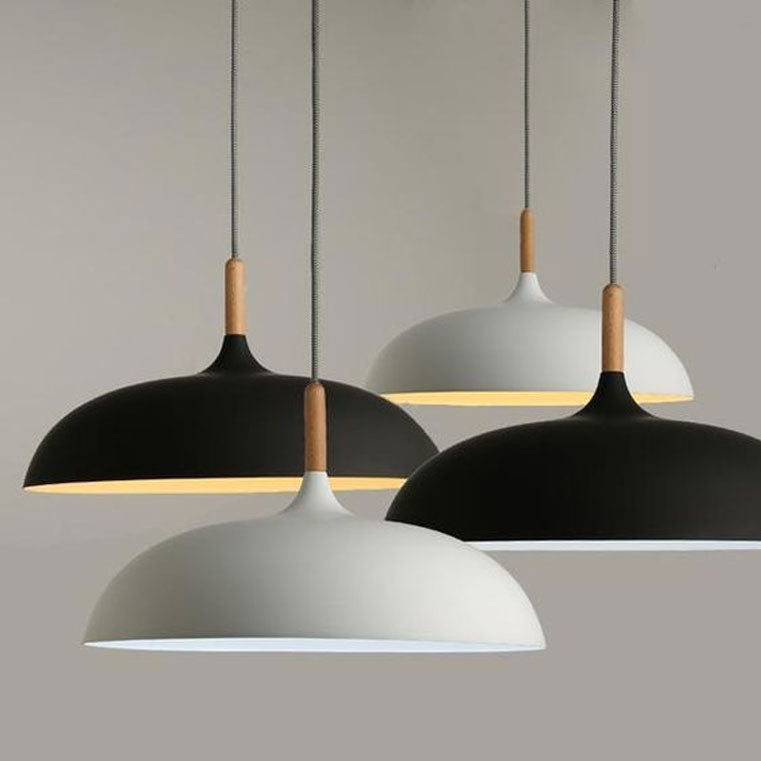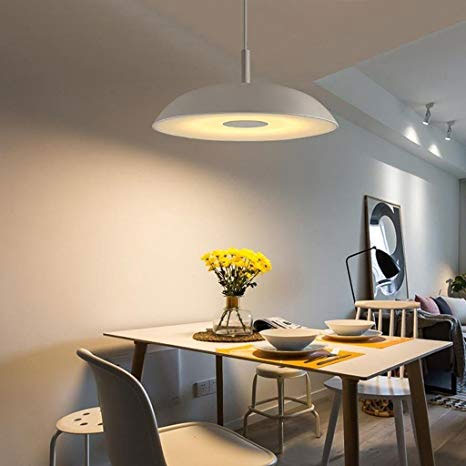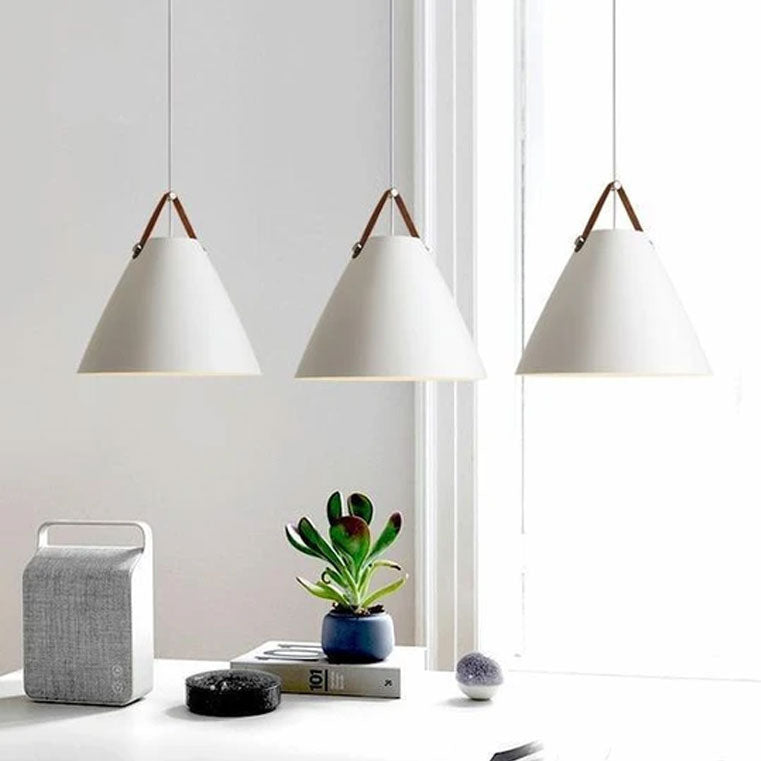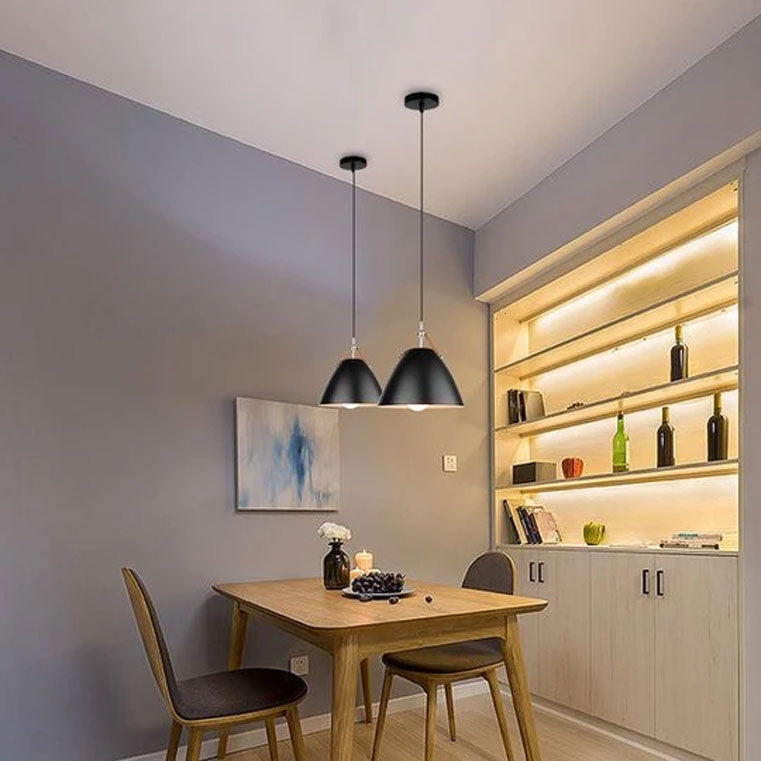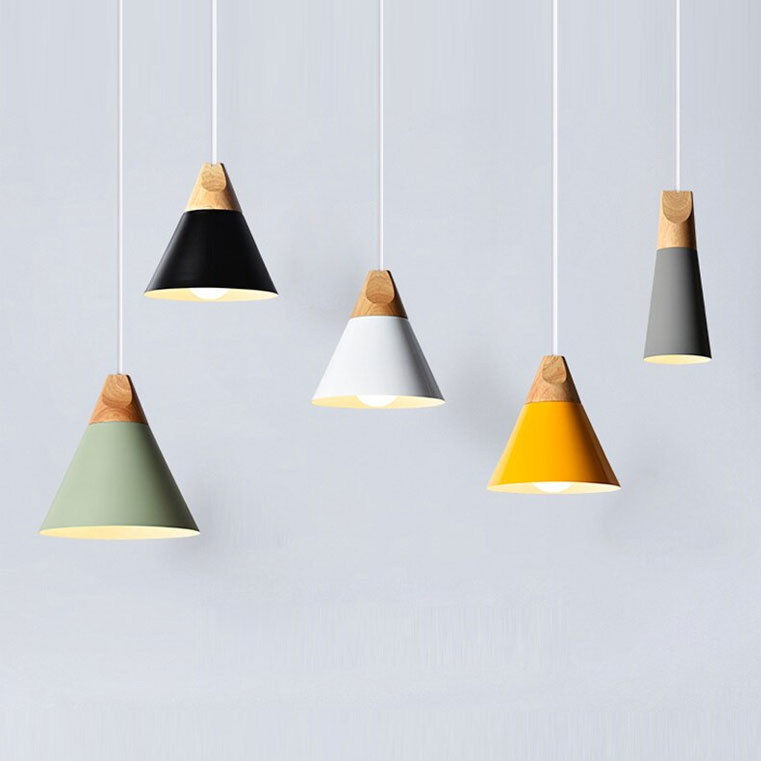
The kitchen is primarily a work area, but it is also a gathering place for family and friends. Lighting that is comfortable as well as functional is required. Undercabinet/ Undershelf Fixtures offer both task and accent lighting. Under kitchen cabinets are designed to light a countertop. In a display cabinet they show off prized possessions. They’re used in a workshop or anywhere you need lighting right at hand. They include slim, energy-efficient fluorescents, miniature track lighting, and slim low-voltage mini-lights. Pendants can provide both task and general lighting. They can be either standard, incandescent, xenon, halogen indirect or direct lighting with shades or globes to avoid glare, and they are suspended from the ceiling over dinette tables, game tables, kitchen counters, or other work areas. The use of a dimmer control gives you the flexibility to vary the light to suit the occasion. The use of mini pendants has become very popular from both a good lighting perspective, as well as to bring together the rest of the room.A large ceiling fixture, equipped with energy-efficient fluorescent tubes will supply plenty of well-diffused general lighting, but it may leave you working in your own shadow at the sink, range, and countertops. These areas need supplemental task lighting. For example, two track lights or recessed lighting over the sink will give you the illumination you need for washing dishes and scouring pots and pans. Recessed lighting well placed in a kitchen can give fantastic task lighting. This, in combination with other task lighting, can be both beautiful and functional.Dinettes, nooks, and island counters can be lighted with decorative pendants. When used with a dimmer control, these ceiling-hung fixtures will provide adequate task lighting for homework, hobbies, or family business and allow you to adjust the light for dining or entertaining.At the sink and range, an individual recessed downlight, equipped with the correct bulb, will provide adequate task lighting when installed in the ceiling or in soffits over these two busy work areasUndercabinet lighting is ideal for countertops. They should be mounted as close to the front of the cabinets as possible to avoid glare reflecting off work surfaces, such as xenon, halogen, or fluorescent. The size of the fixture will depend upon the light source you select.Kitchen cabinets can be accentuated by placing lighting on the tops, under, or inside of cabinets.With the incredibly wide array of different types of lighting fixtures available, you may use a variety of fixtures depending upon the exact application.concealed locations can also be treated effectively with these various types of lighting. These inconspicuous light fixtures will highlight you cabinetry, while adding a warm, comfortable atmosphere to your kitchen.


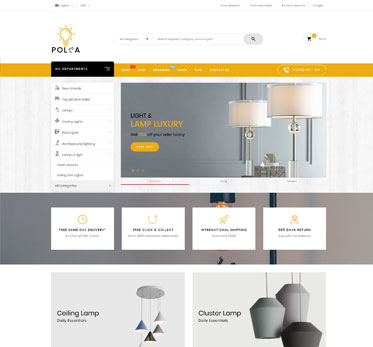

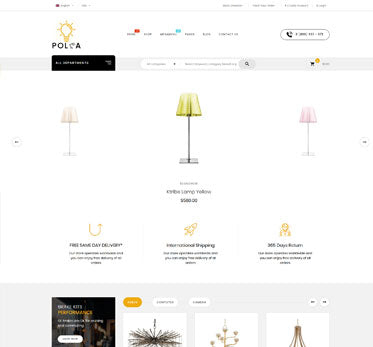
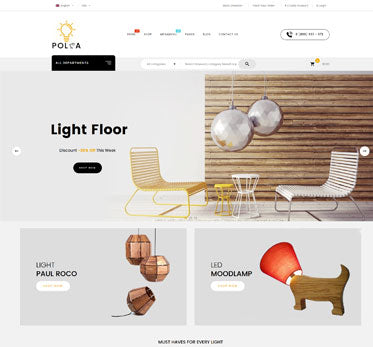
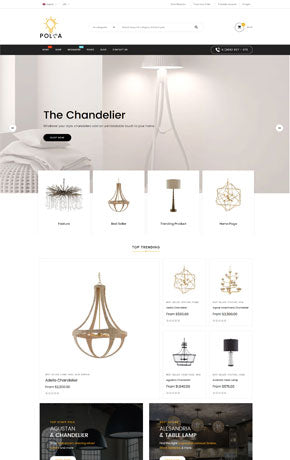

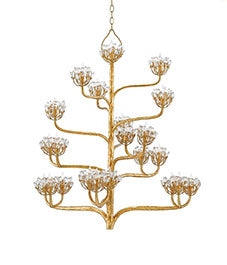
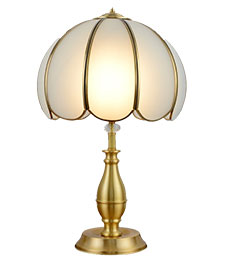
 English
English











